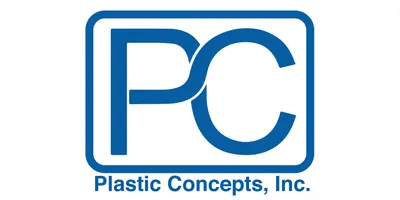Product Round-up



Refractometers come in all sizes, shapes, capabilities, and prices. Some readers may recognize refractometry as a “high school” analysis method or a specialized technique for measuring specific analytes like sugar in water. Increasingly, lab and process engineers employ refractometry to provide quick measures of key quality attributes that under normal circumstances would require much lengthier assays on significantly more expensive equipment.

Assays from academics to industry require shakers. In the life sciences, for example, one expert says the new uses of shakers basically mimic what you see in the industry, which is an increase in the use of genomics. He adds shakers are used in almost every application in some fashion. For example, shakers are widely used in cell culture work.

Fourier transform infrared (FTIR) spectroscopy, a subset of infrared (IR) spectroscopy, uses a mathematical algorithm, Fourier transform, to translate raw infrared data into a spectrum. FTIR is useful for the analysis of organic and inorganic compounds that exhibit changes in polarity as a result of the vibration, spinning, or perturbation of molecular bonds. FTIR methods are common in such industries as foods, materials, chemicals, pharmaceuticals, forensics, and others. Advantages of FTIR over conventional IR are higher resolution, better signal-to-noise, easier analysis of very small samples and poorly-absorbing species, and much more rapid analysis.










